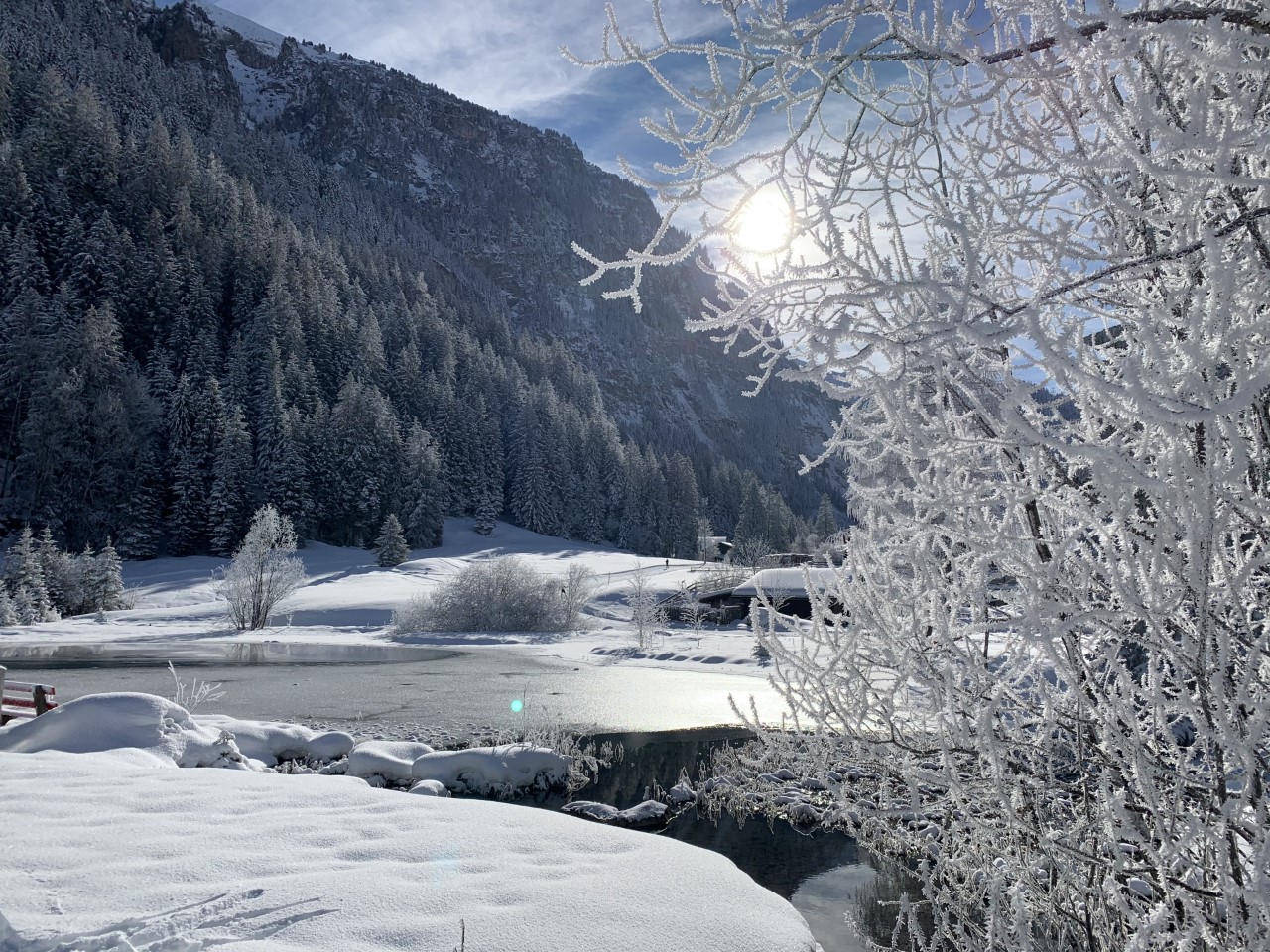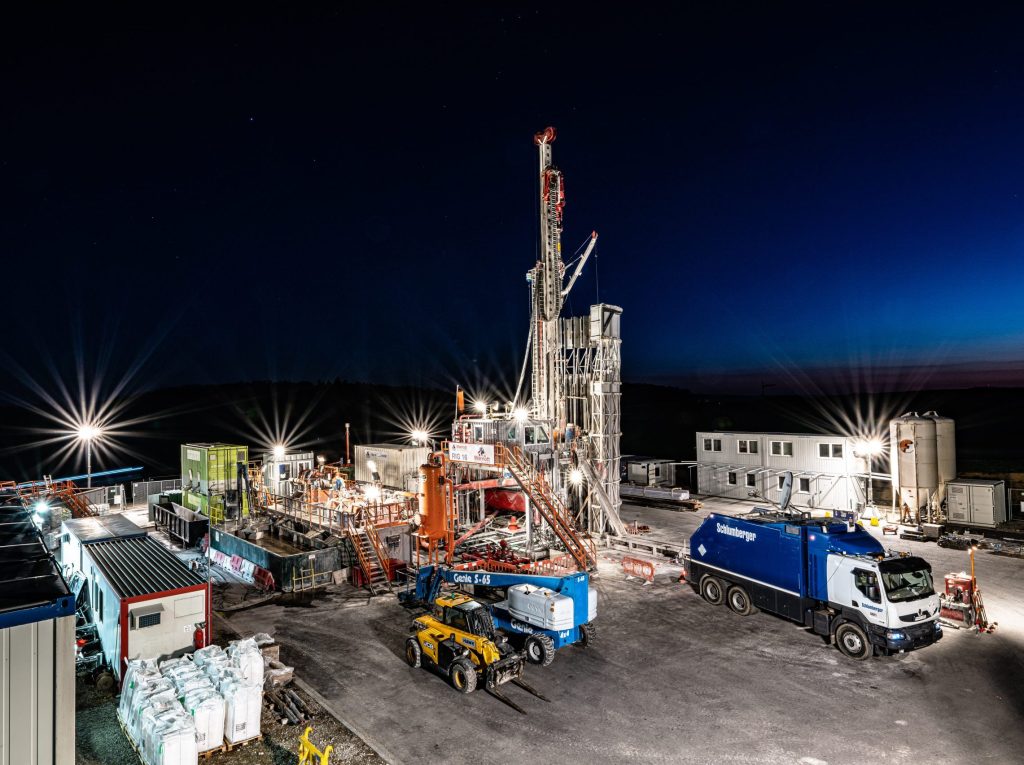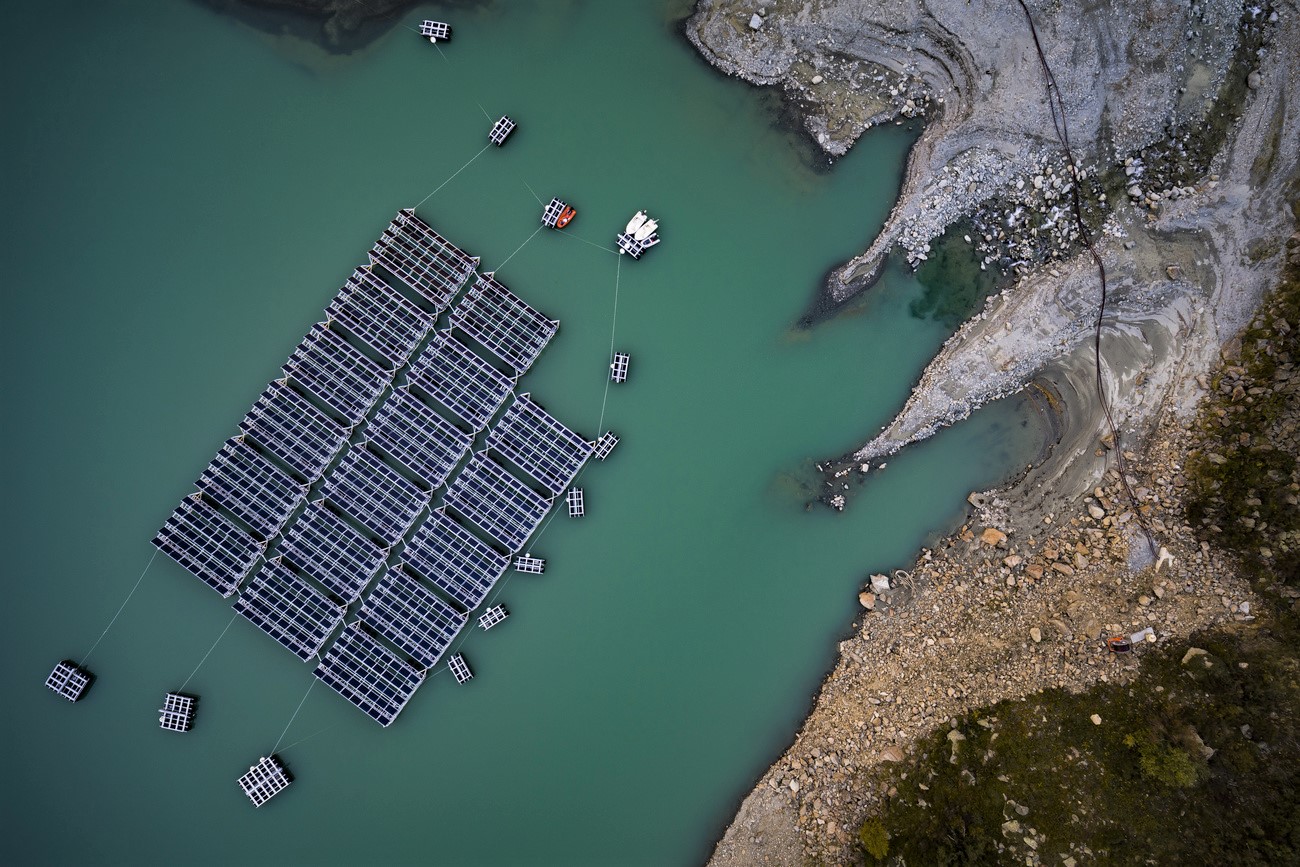Alpine exposure: how good are our survival tactics?
What did the Alps look like in lockdown during one of the coldest, whitest Januaries in recent memory? Stunning and surprisingly crowded.
While employers were urged to order their employees to work from home, many including yours truly sneaked out the door and into the hills at the weekend – either to strap on Nordic or Alpine skis, or snowshoes.
We couldn’t help ourselves. In valleys in the east of the country, up to a metre of snow fell in the middle of the month, and there was more in the mountains – between 60cm and 1.7m. The snow stayed thanks to temperatures that held steady below freezing. This made me nostalgic for the long Canadian winters of my youth.
The glorious period, like all good things, had to come to an end. Last week steep slopes across the Swiss Alps began to shake off their heavy coats. Avalanches, or the threat of them, closed roads and cut off villages including Zermatt, which, like other ski resorts across Switzerland had been counting its blessings for being allowed to keep its lifts running despite the lockdown.

As we entered February, unseasonably mild temperatures and incessant rain has kept us indoors, and left us wondering what other surprises this winter may have in store.
It’s unlikely there will be any more. Cold and snowy periods have become few and far between as shown in this time-lapse video. Temperatures in the Alps – with few exceptions – have risen since measurements were first recorded in 1865.
The increase is slowly changing the Alps’ ecosystem. During January’s cold spell, researchers were ringing alarm bells about the threat posed by a warming climate to the survival of one of the hardiest residents of the mountain community, the Swiss stone pine (pinus cembra).
Living up to 500 years old, the Swiss stone pine stands apart from its more common brethren, the silver fir and spruce. Since it grows very slowly it’s short in comparison, and often gnarled and twisted by the harsher climate at the upper treeline where it’s best adapted. The researchers from the Swiss Federal Institute for Forest, Snow and Landscape Research WSL, now say it could disappear from the lower reaches.
By analyzing over 3,000 genes from seedlings and adult trees at both high and low elevations they discovered that young trees at lower altitudes don’t have the genetic make-up to withstand a warmer and drier climate. Dwindling stands of stone pine could put at risk the other lifeforms that depend on it – the Spotted Nutcracker that spreads its seeds and a variety of insects, lichen, and fungi.
It’s not yet known whether the Davos man will become extinct, but he failed to make his annual appearance in the Alps this year. The pandemic forced the World Economic Forum to cancel its annual meeting in Davos, instead hosting a gathering of political and business leaders online.
The WEF intends to shift the in-person event to sultry Singapore in August. That got me wondering if the Davos man will miss the Alps and become nostalgic for the snowy backdrop he occasionally caught glimpses of from conference room windows. But I would ask that question. If you read my latest article, you know that I’ve been thinking long and hard about nostalgia. The third and final episode of a series on nostalgia I produced as part of The Swiss Connection podcast is now available. If you listen, you’ll hear why waxing nostalgic can be empowering. I would be thrilled to hear about your own memories and nostalgia for the Alps.

More
The Swiss Connection Podcast: Hear Swiss science stories for the world
What we may begin to see more of in the mountains in the coming years are solar panels. The energy company Axpo announced last month that it would build the largest solar plant in the Swiss Alps this summer. Helicopters will transport about 5,000 solar modules to be mounted on the Muttsee hydro-electric dam, located at 2,500 m above sea level (8200 ft). When operational the solar plant will produce around 3.3 kilowatt hours of electricity per year.
Since average solar radiation is significantly higher in the Alps than in the Swiss lowlands, it’s a wonder there haven’t been more efforts to exploit the potential. A study carried out by the ZHAW university of applied sciences found that a solar plant in the Alps can produce twice as much energy as a similarly sized facility in the lowlands. The university estimates that facilities in the Alps could account for as much as 10 terawatt hours per year. That would be a bit more than what is delivered by a single Swiss nuclear plant, or about 15% of the country’s current electricity production. However current government regulation forbids the construction of power plants outside of the built environment, and there are only a few dams like Muttsee which are south-facing for optimal solar exposure.
If you have a story about your experiences in the Alps do get in touch: dale.bechtel@swissinfo.ch

In compliance with the JTI standards
More: SWI swissinfo.ch certified by the Journalism Trust Initiative











You can find an overview of ongoing debates with our journalists here . Please join us!
If you want to start a conversation about a topic raised in this article or want to report factual errors, email us at english@swissinfo.ch.